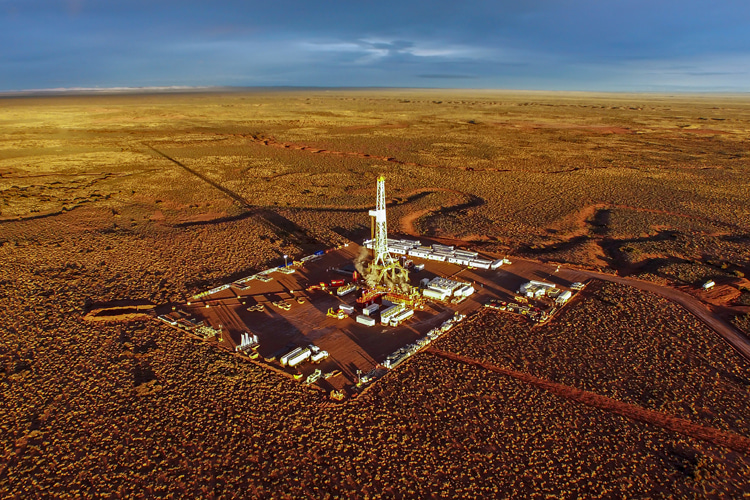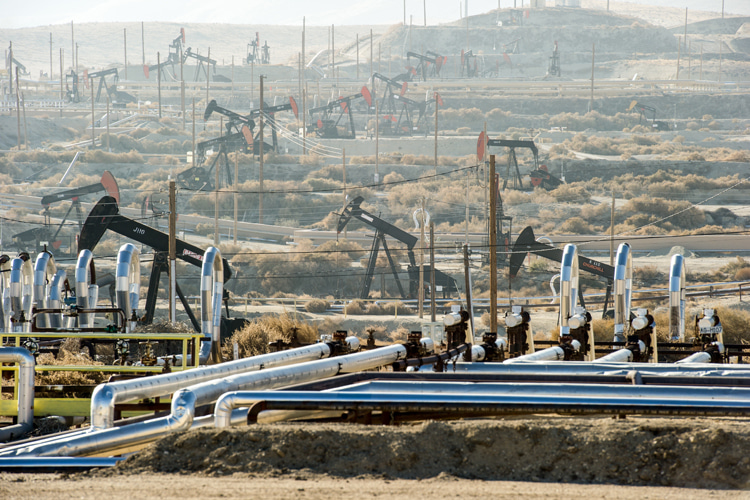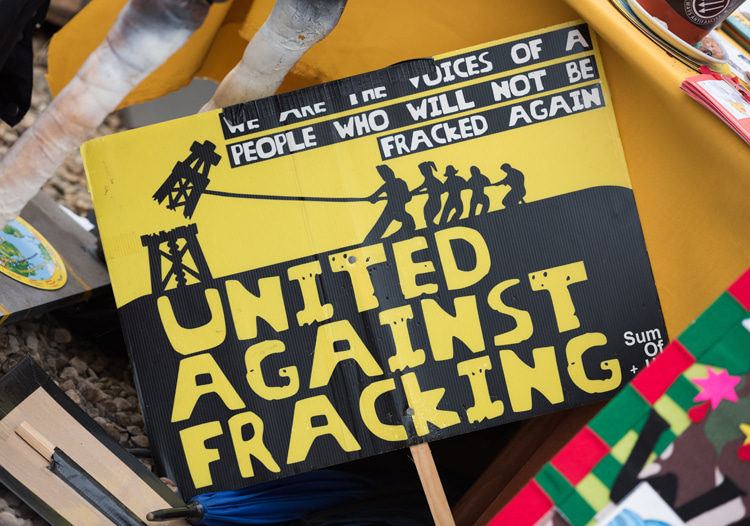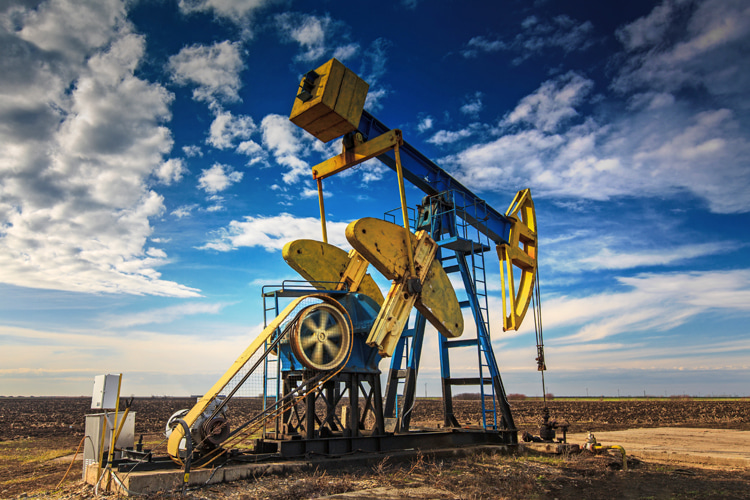Fracking is a controversial method or technique of extracting oil and natural gas from the Earth's deep layers.
It owes its name to hydraulic fracturing.
Heavy machinery uses high-pressure injection of water, sand, and chemicals to fracture porous rock and release natural gas.
The method fractures the rock, allowing oil and gas to be released and collected from the formation.
Hydraulic fracturing was first tested in the late 1940s, but the boom only occurred in the early 21st century.
Over time, the process has been refined and improved with technological advancements and the development of new chemicals and techniques.
Today, fracking is a widely used technique in the United States and worldwide.
It is a simple and highly profitable way of detecting and capturing major natural gas sources.

The Process
Hydraulic fracturing is a very intrusive method.
It begins with a rig used to drill several hundred meters deep into the ground.
Once the hole is drilled, a steel pipe is inserted into the hole, and cement is used to secure the pipe in place.
The next step is to create fractures in the rock around the pipe.
After drilling a hole several hundred meters below the surface, another horizontal hole is drilled into the gas-bearing layer of rock.
This is done by pumping millions of liters of water, thousands of tons of sand, and 700 different chemical agents into the pipe at high pressure.
The pressure causes the rock to crack, creating fractures through which the oil and gas can flow.
The sand prevents the cracks from closing again.
The chemicals perform various tasks. Among other things, they condense water, kill off bacteria, or dissolve minerals.
The mixture of water, sand, and chemicals is then removed.
The oil and gas are collected from the pipe and then transported to a refinery or processing plant where they can be refined into usable products.
As soon as the gas source is exhausted, the drill hole is sealed.

The Benefits
Fracking has several benefits.
First, hydraulic fracturing makes it possible to access gas and oil reserves that were previously inaccessible.
This means that previously untapped fossil fuel reserves can be used to increase the supply of energy, which can reduce energy costs and help meet the increasing demand.
Second, fracking can reduce air pollution.
Natural gas is a cleaner burning fuel than coal or oil, so burning natural gas for energy can reduce the amount of air pollution released into the atmosphere.
Third, fracking can create jobs and boost local economies. The process requires a large number of workers, many of whom are often local.
The resulting increase in jobs can benefit local economies.
Fourth, hydraulic fracturing can reduce the dependence of the United States on foreign energy sources.
Since fracking allows access to previously untapped fossil fuel reserves, the United States can use its own energy resources rather than rely on other countries' energy imports.
Over 60 percent of all new oil and gas wells are drilled using this method.

The Drawbacks
The process of fracking has some drawbacks.
First, it can contaminate nearby water sources, as the injected mixture can leak and seep into the ground, potentially contaminating drinking water supplies.
It can also cause earthquakes due to the pressure applied to fracture the shale.
The high-pressure water injection can cause existing fault lines to move, resulting in tremors.
The fracking process requires a very large consumption of energy.
Moreover, hydraulic fracturing can use large amounts of water, creating water shortages in some areas.
The drill holes are also quickly exhausted, and it is necessary to drill fracking holes much more frequently than for classical natural gas wells.
In addition, about three percent of the recovered gas is lost in the extraction and escapes into the atmosphere.
The Environmental Impact
The environmental impact of fracking is a highly contested issue.
Proponents of the process claim that it is a safe and efficient way to increase energy production.
Opponents note that fracking can contaminate drinking water and release greenhouse gases and toxic chemicals into the air.
The technique can contaminate drinking water in two ways.
First, the high-pressure mixture used to fracture the rocks can cause underground water sources to become polluted.
Second, fracking can cause methane gas to escape into the atmosphere and eventually become dissolved into groundwater.
In addition, it releases toxic chemicals into the atmosphere.
These chemicals, such as benzene, are known to cause respiratory issues and other health problems.
Finally, fracking contributes to climate change as it can release methane, a potent greenhouse gas, into the atmosphere.
The future of hydraulic fracturing looks uncertain.
Many countries have already banned the practice, and the trend will likely continue.
In the future, it is also possible that stricter regulations and new technologies will be developed to reduce the risks associated with the process.
